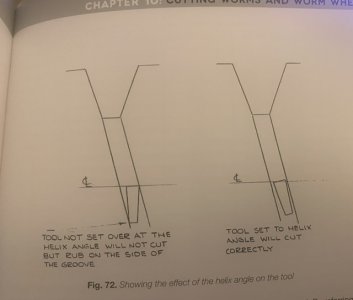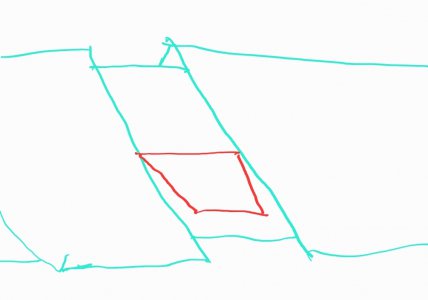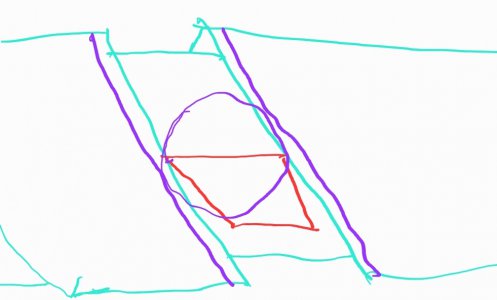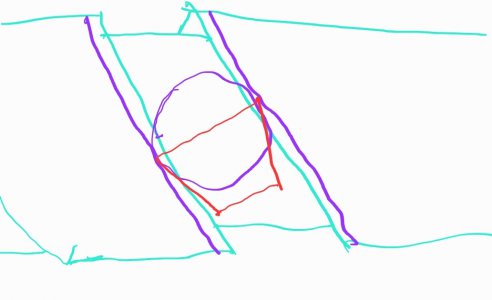- Joined
- Oct 29, 2012
- Messages
- 1,329
This link should start the video at 43:00 so you can see the operation I am referring to. If that doesn't work, just skip to 43:00.
55 seconds later he makes a comment:
"you could even do thread milling that way but it's not ideal. I think you don't get the proper profile. I think you get some kind of weird re-cutting effect. But don't quote me on that."
Is he right? I can't see why that would be the case. I saw this technique used here and the guy never mentions it:
I need to make a very steep pitch multi-start worm like in that 2nd video and I am considering this method because it would be simplest for me and the pitch is so extreme I think I will run into clearance issues using a single point threading tool.
55 seconds later he makes a comment:
"you could even do thread milling that way but it's not ideal. I think you don't get the proper profile. I think you get some kind of weird re-cutting effect. But don't quote me on that."
Is he right? I can't see why that would be the case. I saw this technique used here and the guy never mentions it:
I need to make a very steep pitch multi-start worm like in that 2nd video and I am considering this method because it would be simplest for me and the pitch is so extreme I think I will run into clearance issues using a single point threading tool.







 ) you could mill it and have to real cutting load.
) you could mill it and have to real cutting load.